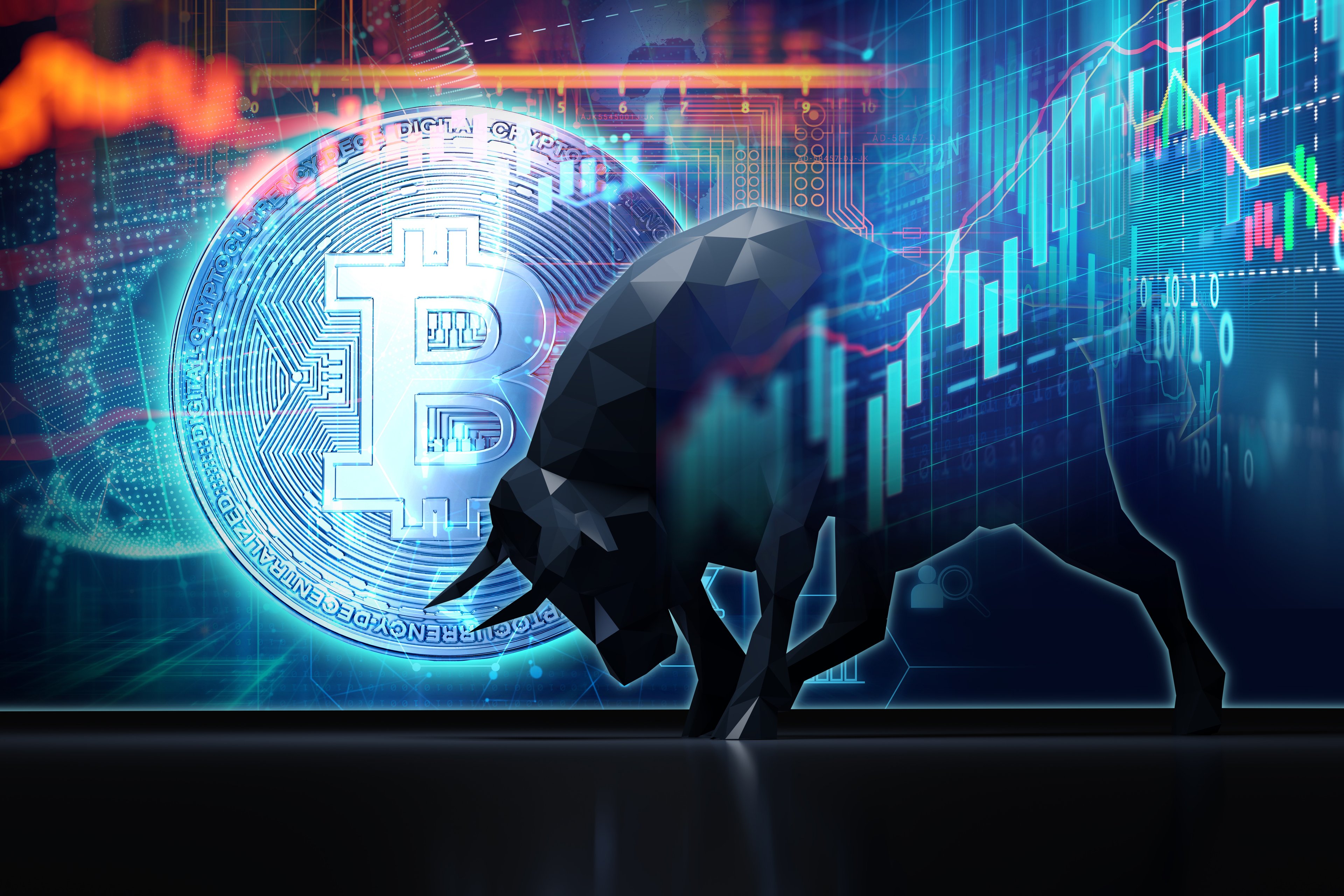No top cryptocurrency has done better than XRP (XRP +0.75%) in 2025. It's up 59% for the year through Aug. 12, more than Bitcoin, Ethereum, and all the other big names. It has also added more than $50 billion to its market cap over that time frame.
It's not always easy to figure out why certain cryptocurrencies catch fire like this. As meme coins have demonstrated, there can be an element of randomness to it. But in XRP's case, there are a few legitimate reasons why it has been so successful this year.

Image source: Getty Images.
1. A crypto-friendly regulatory landscape
XRP's bull run started with the 2024 presidential election, when it went from a price of $0.50 to over $2.50 in about a month. The election of Donald Trump as president was considered good for the crypto industry, as he campaigned on promises to make the U.S. the crypto capital of the planet and to fire then-SEC chairman Gary Gensler, who had led a crackdown on cryptocurrencies.
While the election was a tailwind for the entire crypto industry, it was especially good news for XRP. Ripple, XRP's parent company, had been battling the Securities and Exchange Commission (SEC) in court since late 2020 over allegations that sales of XRP were an unregistered securities offering. After taking office, Trump immediately appointed Paul Atkins, who's known for being supportive of cryptocurrencies, to lead the SEC, and Atkins was sworn in on April 21.
The expectation was that new SEC leadership would finally lead to a resolution in its lawsuit with Ripple. Although it didn't happen overnight, Ripple and SEC both agreed to drop their respective appeals on Aug. 7.
2. Its role in cross-border payments
One of the reasons XRP has caught on with investors is because it has legitimate real-world utility as part of Ripple's payment network. Ripple uses blockchain technology to provide faster and cheaper cross-border payments. It can settle transactions in just 3 to 5 seconds for less than $0.01 in fees.

CRYPTO: XRP
Key Data Points
XRP enters the picture when a transaction involves multiple fiat currencies. Ripple offers a service called on-demand liquidity (ODL) that uses XRP as an intermediary for these cross-border transactions. The sender converts the payment to XRP tokens and sends them over the Ripple network. The recipient then converts those XRP tokens to its local currency. By using XRP, neither party needs to hold any foreign currency.
It's worth noting that just because a financial institution uses Ripple doesn't necessarily mean it uses XRP, too. Some financial institutions, including American Express and Banco Santander, use Ripple's payment network without its ODL service and have no need for XRP. But there are also banks confirmed to be using XRP, including SBI Remit and Tranglo.
3. Increased interest from institutional investors
Most cryptocurrencies haven't caught on with institutional investors yet. Only Bitcoin and Ethereum have bucked that trend, because they're the most established coins and the easiest to buy, especially now that they're available through crypto exchange-traded funds (ETFs).
But institutional investors have purchased $1.1 billion in XRP this year, according to data released Aug. 12 by CoinShares. That puts it in third and is a sign that XRP could be next to see widespread institutional adoption.
Another reason for optimism about institutional investment is the status of spot XRP ETFs. Several asset managers are seeking XRP ETF approval from the SEC, which is planning to make a ruling in October The expectation that XRP will be the next cryptocurrency to get ETF approval has likely encouraged investors to buy in before that happens.
Will XRP keep dominating the crypto market?
XRP probably won't keep up this level of outperformance going forward. In fact, if you only look at the last three months, Ethereum has delivered better results.
As far as whether XRP is a worthwhile investment, it has an intriguing use case on Ripple's payment network. There's certainly demand for faster, cheaper cross-border payments, although banks can get that purely from Ripple and don't need XRP.
I think XRP could be a long-term winner as a crypto investment, but it's volatile and could suffer a pullback after so much recent success. If you're going to invest, I'd recommend a dollar-cost average (DCA) approach, spreading out your investments instead of going in all at once. And given the risk, cryptocurrency should probably only be a small portion of your portfolio.









